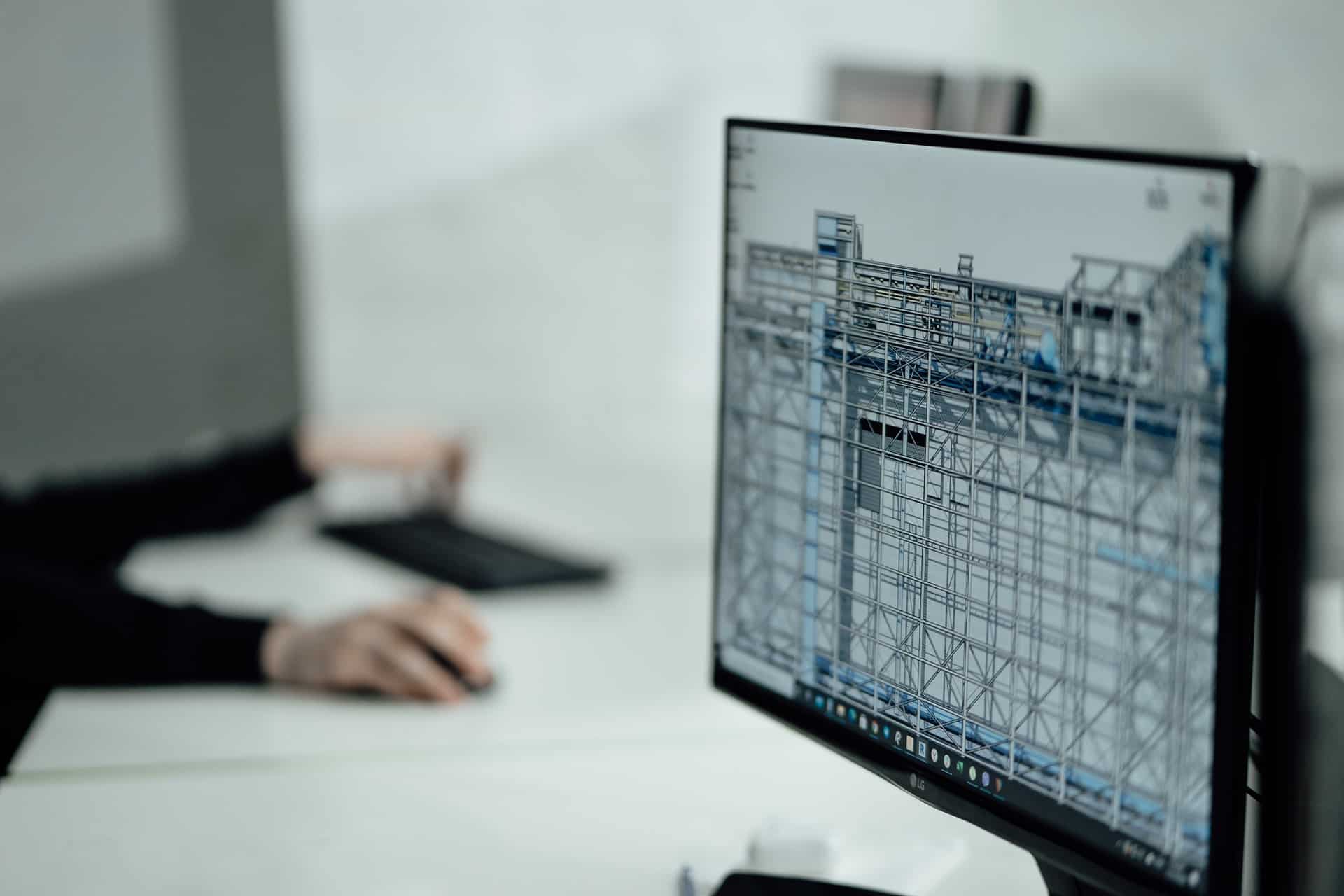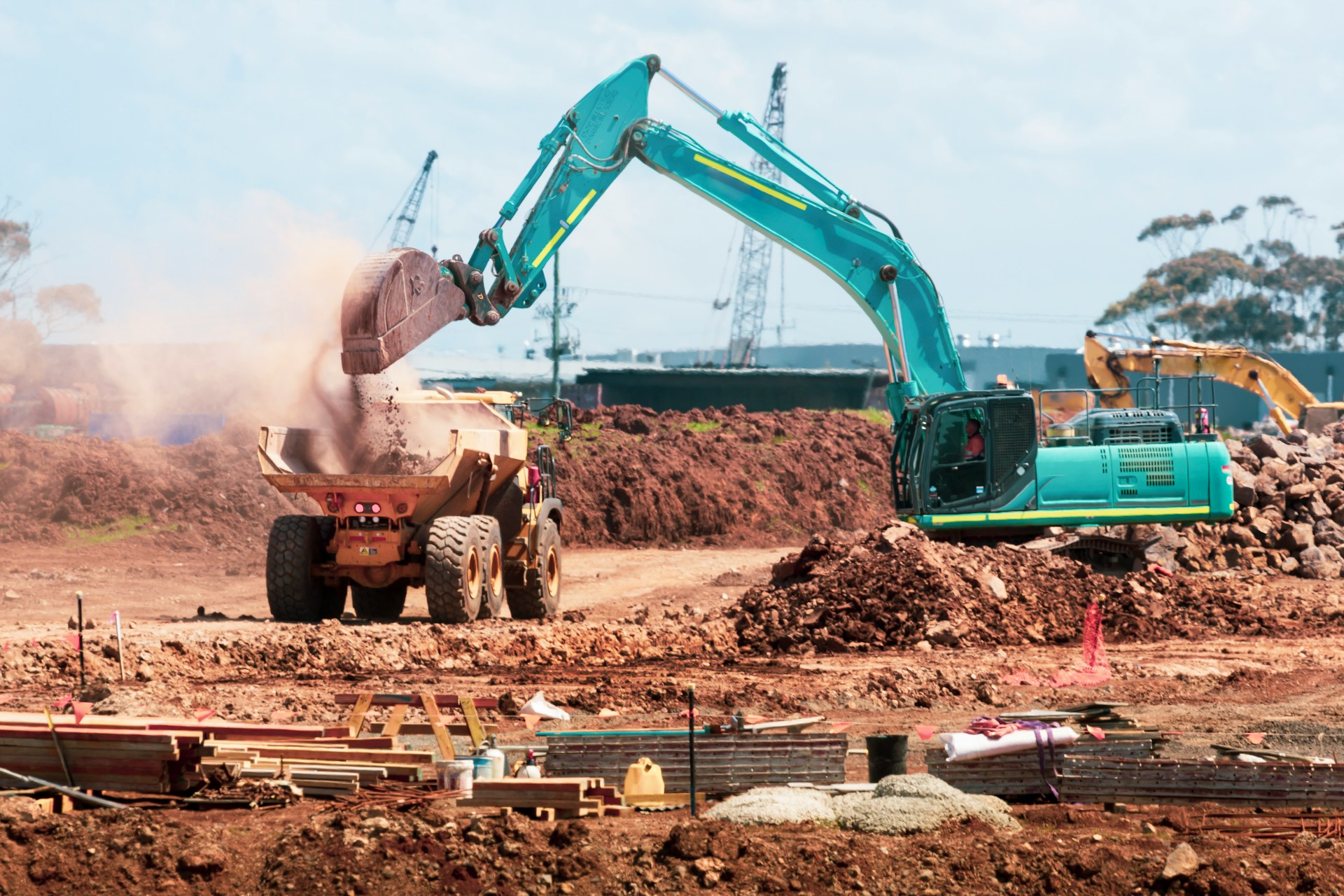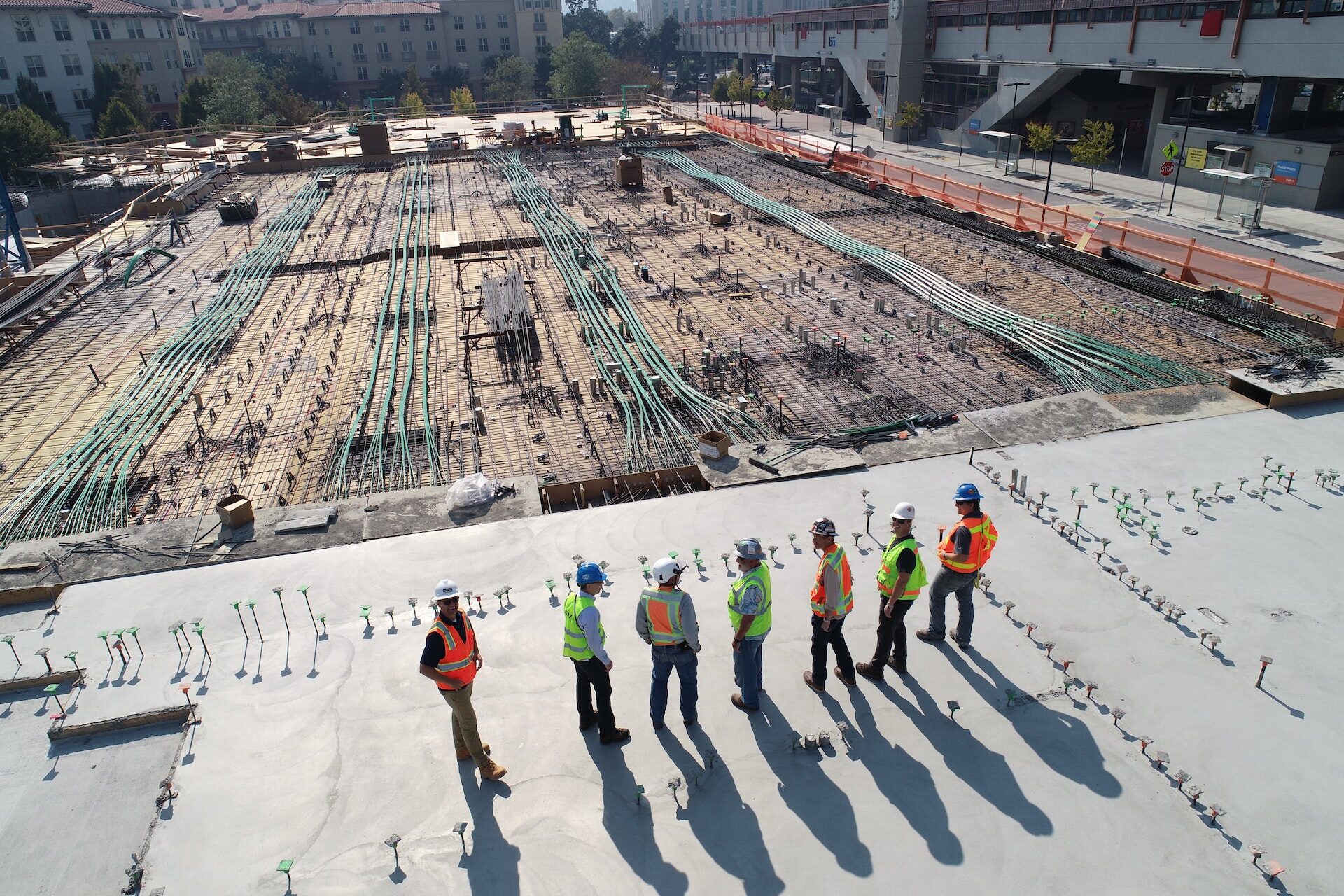
The Advantages of Implementing BIM in the Construction Industry
March 12, 2020 - Emily Newton
Revolutionized is reader-supported. When you buy through links on our site, we may earn an affiliate commision. Learn more here.
More often, major industries are coming to rely on advanced technology to keep their business processes efficient. While the construction sector has lagged behind others in tech adoption, this is starting to change. Recently, advanced technologies and software — like building information modeling (BIM) platforms — have grown in popularity. BIM platforms provide a range of benefits in the design, construction and function of a new building.
Here is how BIM benefits the construction industry.
What Is Building Information Modeling?
BIM is a process that takes advantage of a variety of advanced tools, rather than just one tool itself. It provides construction companies with the best information and analysis possible during the building process.
The basic foundation of BIM is the collection, storage and use of data related to the construction process. This data is then used to create a digital representation of the physical and functional elements of a building. This information includes aspects like the basic geometry of a structure, as well as a range of other data. The design of lighting, plumbing and electricity, as well as infrastructure, traffic and the project timeline, are considered.
BIM quantifies the different elements that impact a building’s construction and function. It gives a better sense of how they will work together in practice. This technology brings challenges to the attention of the crew and shows where there’s room to improve efficiency.
The Benefits of BIM for Construction Companies
The benefits of BIM start with information organization and access. With this technology, it’s possible to easily coordinate building and site data from multiple sources, businesses and contractors. Then, every party involved has access to the information and insights needed. Any complex construction project will have many different stakeholders.
Construction companies often need to field advice and design consultation from experts in plumbing, lighting and design. Because of this, construction companies need a tool that allows them to share information and analyses quickly.
3D Visualizations & Modeling
One benefit of BIM is its ability to provide advanced 3D visualizations of a building. They offer better information compared to 2D representations — like a set of floor plans or an artist’s rendition. With 3D, it’s much easier to see how the project will fit into its surroundings. 3D Visualizations shows clients what the finished building will look like, as well as an idea of the challenges that may arise during construction. Difficulties with unusual or uneven terrain or clashes with existing structures can be considered.
Experts can apply simulations of real-life events to BIM models to stress-test the building under certain conditions. For example, the technology can see how well a building’s floor plan and layout will hold up to large crowds. BIM also allows a lighting designer to know how the building will look at different times of day. This lets them test setups that use a combination of natural and artificial light. This process enables more efficient and creative solutions. Workers can reduce the amount of artificial light needed to keep a building well-lit and saving on energy costs.
Improved Communications
Companies can even use BIM to improve electronic or software-based elements of building design — like the integration of security systems in new buildings like electric wiring, plumbing or interior structures — that are traditionally designed without consideration for the rest of the building. This process ensures a more efficient and sustainable use of resources. It also reduces the risk that the system’s design will need to be modified to work well during the construction process.
Site managers and supervisors can also use BIM software to optimize construction workflows. The right tool can automatically notify construction managers when time isn’t being used well, or alert them to scheduling conflicts that would delay construction. This can help create the most efficient possible collaboration between every stakeholder in a given project. This technology ensures the most efficient use of time, energy and resources possible.
For example, one of the benefits of BIM is that it provides information that improves construction site planning and management. This helps construction companies manage and integrate some of the advanced technology that they are beginning to use on their construction sites.
Advanced Clash Detection With BIM
One of the most significant benefits of BIM is its ability to help companies detect and resolve clashes during the construction process. Not many solutions can deliver those benefits. Some of these are hard clashes — where two objects, like a column and a wall, overlap in the same space. When caught early, these issues can be prevented from only becoming evident during the construction process — when they can become much harder to fix.
Clash detection can also help businesses resolve soft clashes — elements of the design that create issues, but won’t prevent construction from going forward. A soft clash could be an overlap that would create safety issues. This occurs an entrance not having proper clearance or an object overflowing into a buffer zone that should remain empty, among other situations.
Some BIM software can also alert companies to time-based — sometimes called 4D — or workflow clashes. These tools can help businesses organize timetables and avoid scheduling conflicts that may arise in the construction timeline.
Clash detection can be of significant value to construction companies, primarily due to the high costs associated with clashes. According to one estimate, the average clash costs around $17,000. However, it’s not uncommon for large-scale projects to see between 2,000 and 3,000 clashes — meaning a construction company can save as much as $34 million on one project with the right guards in place.
How Construction Companies Benefit From BIM
Despite lagging behind other sectors, the construction industry is beginning to adopt new technologies. Those that allow for the better use of data, like BIM, are gaining more popularity. There are many benefits of BIM. By collecting, organizing and analyzing building and site data, construction companies reduce the risk of clashes and cut back on the energy needed by building systems, making new construction more efficient and sustainable.
Revolutionized is reader-supported. When you buy through links on our site, we may earn an affiliate commision. Learn more here.
Author
Emily Newton
Emily Newton is a technology and industrial journalist and the Editor in Chief of Revolutionized. She manages the sites publishing schedule, SEO optimization and content strategy. Emily enjoys writing and researching articles about how technology is changing every industry. When she isn't working, Emily enjoys playing video games or curling up with a good book.




